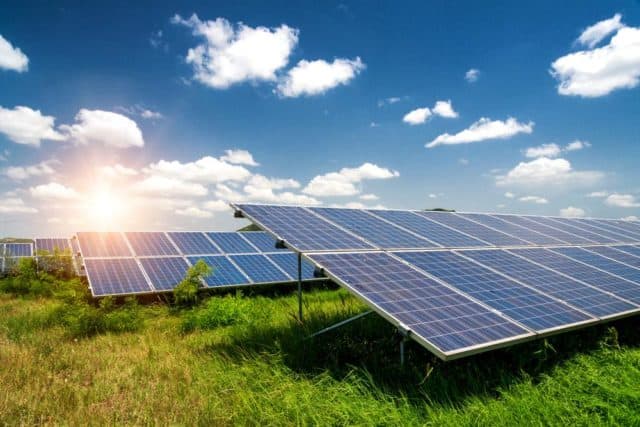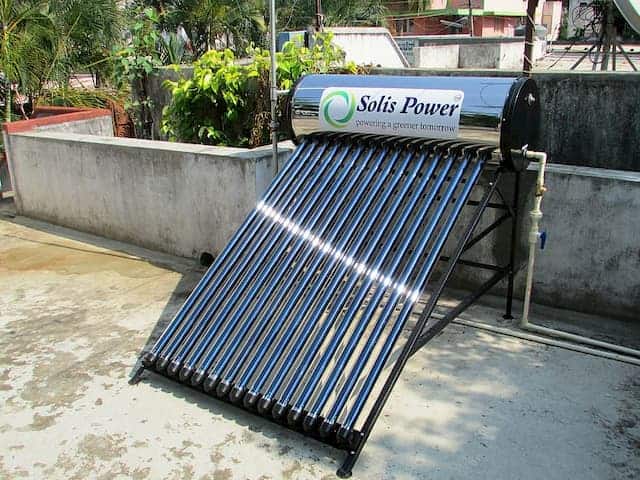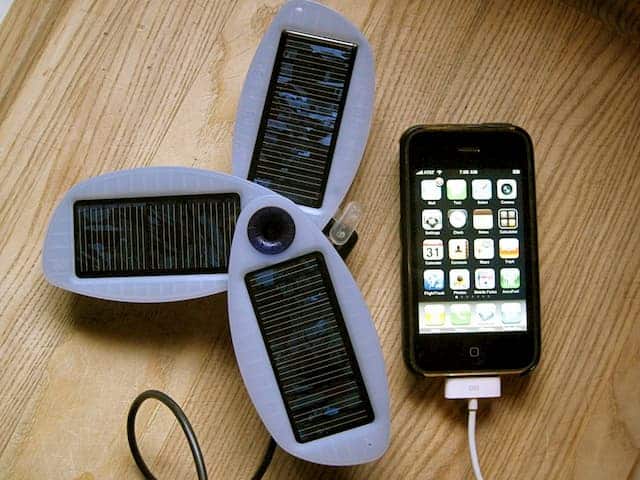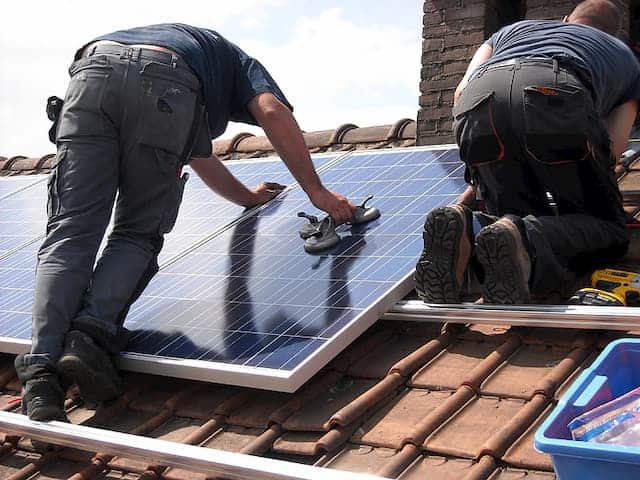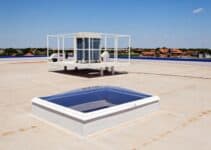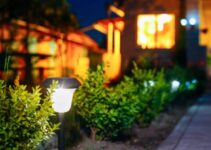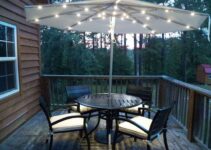Solar-powered energy is hot right now, and we’re not just talking about panels on the roof and lights with photoelectric cells. Ingenious entrepreneurs are coming up with more ways to harness the sun’s energy and make your home greener.
Green homes are wise for several reasons. First, they reduce a house’s carbon imprint, which is important for environment-conscious homeowners. Second, they reduce costs through lower utility bills and tax incentives.
Conventional solar systems with rooftop panels convert the sun’s energy into electricity for household appliances. Depending on your home’s size and some other variables, doing a whole-house conversion can cost up to $28,000. Don’t want to spend that much? Smaller projects can start you along the green path until you and your budget are ready to go all the way.
You’ll find a large array of green living products, so it pays to think twice about what you want and need in your home. Here are some innovations to consider:
Lighting

Lighting with photoelectric cells has been around for a while. Indoor lights are still mostly powered via traditional rooftop panels. A few individually powered lights can be suitable for indoors as well. They are wired to photovoltaic panels that must be exposed to sunlight and usually come with alternate power sources such as backup batteries or USB cables. The LightMe Solar Light Bulb and Tera Light Uranus Solar Lights are finding a market as emergency lights and for outbuildings.
Outdoor lighting is a different story. The market has exploded with solar-powered offerings. An Amazon search brings up more than 5,000 entries. Plenty of solar lighting products are also available at home improvement centers. You’ll find lights for mounting on walls or fences, staked lights to stick into the ground, and string lights to hang from branches. This is an area where you need to assess your needs and do thoughtful shopping.
You can also find solar-powered flashlights and lanterns. Both are handy for power outages or walking the dog at night. Goal Zero offers a flashlight with a built-in solar panel that can hold a charge for 48 hours. It also has a USB cord and a hand crank to ensure you can keep it shining. Lanterns marketed by Etecity can run up to eight hours on a charge.
Generators
You might think of generators as noisy, smelly gas-powered engines that come out of the garage when the electricity goes out. Solar generators are neither smelly nor noisy. They may not power your entire house, but some, like the Goal Zero Yeti 1000, can run a refrigerator most of a day in a pinch. Most solar generators are better for smaller devices and appliances but can take some of your household load off the grid.
Water Heaters
Solar water heaters conserve energy and cut costs, but they can be confusing. Not all solar heaters work well in all conditions. Unless you’re well versed in direct vs. indirect circulation systems and know the difference between flat plate collectors and integral collector-storage systems you’d be wise to call in expert help. What kind of heater will work for you depends on variables like roof types and climate. With installation, you could spend up to $8,000.
Chargers
Many vendors offer solar-powered chargers for devices like cell phones and tablets. Some come equipped with large fold-out panels that soak up a lot of sunlight. There’s the BigBlue 3, or single-panel chargers such as Blavor’s Solar Power Bank, which are not much bigger than your phone.
Most have USB backup capability for cloudy days, and some come with added bells and whistles like a flashlight and compass. Cling Bling markets a charger with small panels that stick to a window by suction. Solsol even makes hats with a solar charger for your phone! Make sure the product is compatible with your devices before you buy it.
Security
You can find solar-powered security cameras to go with your solar-powered security lights. The market for these devices is becoming competitive. Players such as Reolink Argus 2, Lynx Solar Wi-Fi Surveillance Camera, and Amazon’s Ring Stick Up Cam are all vying for a piece of the action. Cameras may come with night vision, motion detection, video storage options, audio, and even facial recognition. Make sure yours has an electrical connection or battery backup for cloudy days.
Attic Fans
Attic fans push hot air out of your attic, which helps keep your house cooler and cuts down on the electrical load from air conditioners. They also reduce moisture, which is important during snowy winters. Because of their location above the ceiling, they’re perfect for a rooftop solar panel. Natural Light and Amtrak Solar are two companies offering high-quality fans.
Odds & Ends
You’ll find miscellaneous other solar devices that range from practical to novelty. Here are a few to consider:
- Logitech, a leading manufacturer of keyboards and mouses, has come up with a wireless solar-powered keyboard for your computer. The company says it can hold a charge for three months.
- Solar-powered wireless Bluetooth speakers from Eton can play music up to eight hours on a single charge.
- Solenica makes a robot named Caia that brightens your room with natural sunlight. Place her near a sunny window, and she will track the sun and redirect its light to where you want it.
- Solar-powered radios like the Kaito KA 500 not only juice up while entertaining you at the pool or patio, they can be vital in an emergency. In addition to offering AM and FM stations, most are equipped for emergency alerts and the NOAA weather frequency.
- Washing windows – The combination of sunshine and glass inspired makers to develop solar-powered robotic window cleaners such as the Hobot. The washers adhere to the glass, spray it with water, then use microfiber cloths to polish it.
- Sunforce harnesses sunrays to zap mosquitoes and other pests rather than relying on poisons, sprays, or chemicals. It doesn’t need direct sun so it works on a covered patio or pergola.
Before you invest a lot of money in solar devices, determine how much impact they’ll have and how cost-effective they’ll be. Where your home is located will be a major factor. For example, Arizona gets more sunshine than any other state, followed by fellow western states New Mexico and Colorado. Using solar energy there can be highly effective.
On the other hand, Alaska, New York, Washington, New Hampshire, and Oregon are among states where sunny days occur less than half the year. On a bright note, the U.S. consistently ranks among the top three sunniest nations on the planet. That means regardless of location, most homeowners can benefit from solar power.
Other factors that can affect your solar power potential are the direction your house faces, roof type, and the number of shade trees in your yard and neighborhood.
Americans are not quite ready to sever the power cord entirely, but some diligent homework can help you reduce your carbon footprint and save some money.
Author Bio:
Jim Blake is a lifestyle and environmental writer who enjoys making the most of small spaces. His balcony is covered with a garden he built with upcycled materials.
